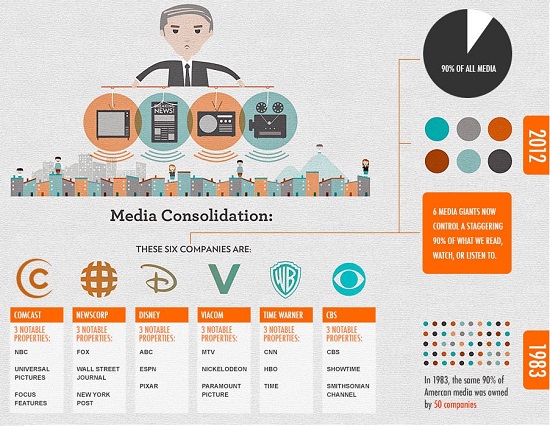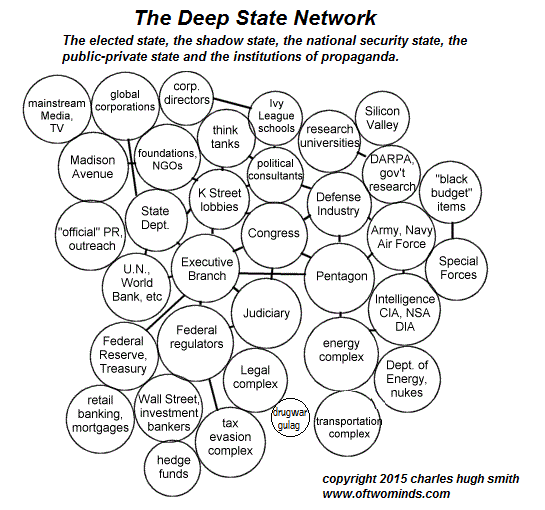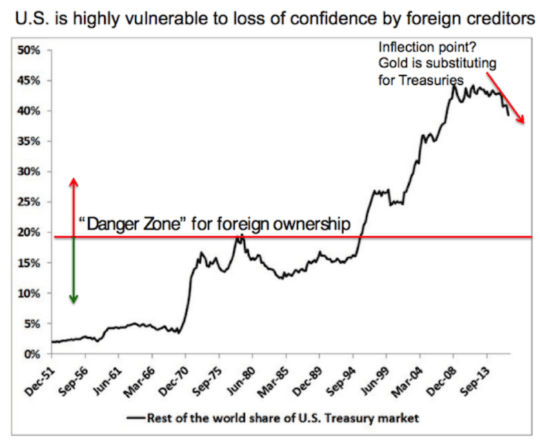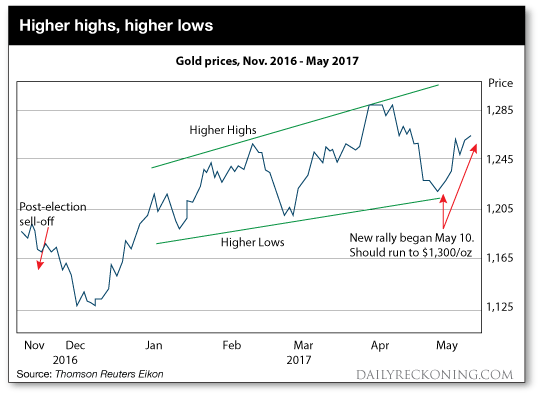From Porter Stansberry in Growth Stock Wire:
Today, the member nations of OPEC still produce nearly 40% of the global oil supply.
Oil traders still respect OPEC’s promises to cut global supply. Over the last few months, Saudi Arabia has promised that OPEC will cut production in conjunction with Russia. The fact that OPEC needs Russia’s cooperation is revealing… It shows OPEC’s diminished market power.
Russia accounted for 12% of last year’s global production, and its production continues to increase. Russia produced 11 million barrels per day in September, a new all-time record.
Will Russia (and Iran) really agree to cut production? We doubt it.
But even assuming that it does happen and both OPEC (including the so-far uncooperative Iran) and Russia agree to significantly cut production… we don’t expect prices to move much higher or to stay there for long.
Why not?
Because the global “swing” producer – the oil producer with the most excess capacity – is no longer Saudi Arabia. It’s the United States…
At prices of more than $50 a barrel, America’s shale fields can produce a lot more oil… more than 10 million barrels per day.
Thus, if Russia and Saudi Arabia actually cut production, the U.S. will begin to take market share away from these producers around the world. And when that happens, OPEC will fall apart.
Just look at what happened a few weeks ago… With oil prices back to more than $50 a barrel in October, U.S. producers kicked up production. U.S. crude inventories grew by 14 million barrels. That has never happened before – at least, not in the last 34 years.
It doesn’t matter whether OPEC and Russia agree to cut production. Based on the situation in the U.S. today, we’re betting on lower oil prices ahead. Here’s why…
1. Idle capacity
There are more than 4,100 drilled but uncompleted (“DUC”) wells in the four oil-dominant U.S. regions (Bakken, Eagle Ford, Niobrara, and Permian), according to the Energy Information Administration.
A DUC well is one that oil companies have spent the money on to drill, but have not currently tapped. It costs very little to bring this oil to market. Given the large number of DUC wells in the U.S., if oil prices were to rise further, a wave of new supply is ready to come online.
2. New, big discoveries
With the help of technological advancements like horizontal drilling and “fracking,” oil producers have driven down costs and found more oil, which has led to a domestic energy renaissance.
Yes, U.S. production has declined almost 11% from its peak in April 2015… but output is still up 55% over the past five years.
For example, in September, oil giant Apache (APA) announced another huge discovery in West Texas. It spent more than two years on extensive geology studies in a relatively untapped part of the Barnett and Woodford formations. It’s calling the discovery the Alpine High area. These are massive finds… Apache estimates the acreage has more than 75 trillion cubic feet of natural gas and 3 billion barrels of oil.
3. Demand is struggling to keep up
Overall, worldwide oil demand is climbing… just not as fast as supply.
Global oil supply averaged 98.3 million barrels per day (mmbpd) in the third quarter of 2016, according to the Energy Intelligence Group. Yet, demand only reached 97.3 mmbpd.
In other words, there were around a million barrels per day of excess supply during the quarter.
4. Excess inventory
When supply consistently exceeds demand, all that spare oil must go somewhere. And right now, the U.S. is holding record amounts of oil in inventory. We have more stored oil than we know what to do with… more than we’ve held over the past 30 years.
We’re also running out of tanks to store the stuff in. Tanker ships are now storing excess supplies… As of June, the International Energy Agency estimated 95 million barrels of oil is sloshing around in offshore tankers. That’s the highest level since the Great Recession.
We were forecasting record volumes of oil production years ago, when most pundits were still worried about “Peak Oil” – the idea that oil production was in permanent decline.
Seven years later, it still seems most people simply don’t understand the tremendous impact America’s shale fields are having on the oil market.
But they’re about to find out.
Regards,
Porter Stansberry
Crux note: Oil companies borrowed far too much money at the top of the market… causing production to increase and oil prices to crash. The same thing is taking place across several areas of the global economy. And it’s creating a once-in-a-generation opportunity for speculation. Tomorrow night (Wednesday, November 16), Porter is hosting a FREE live webinar where he’ll reveal the single best strategy to take advantage of this opportunity. Save your spot here.





















